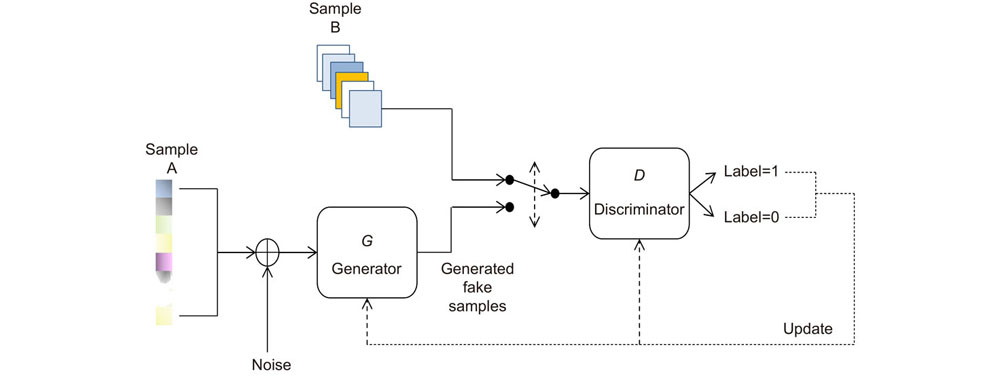Deqiang Cheng, Yangyang You, Qiqi Kou, Jinyang Xu. A generative adversarial network incorporating dark channel prior loss used for single image defogging[J]. Opto-Electronic Engineering, 2022, 49(7): 210448
Search by keywords or author
- Opto-Electronic Engineering
- Vol. 49, Issue 7, 210448 (2022)
Abstract

Set citation alerts for the article
Please enter your email address



